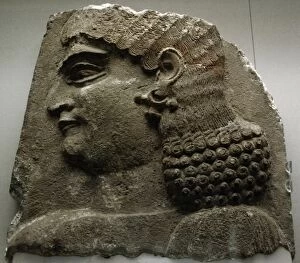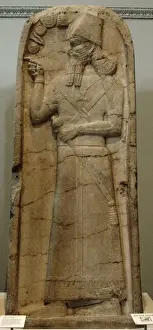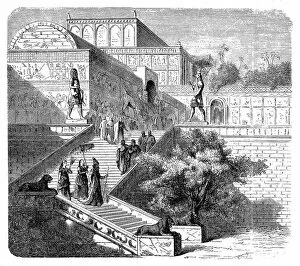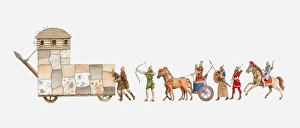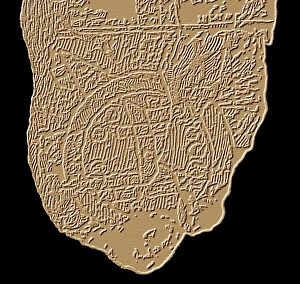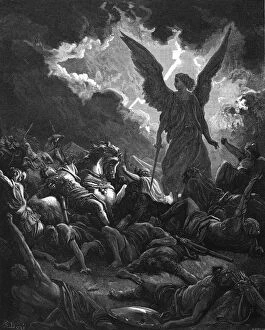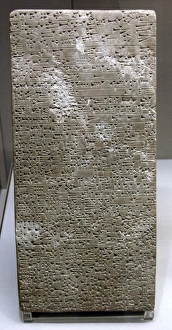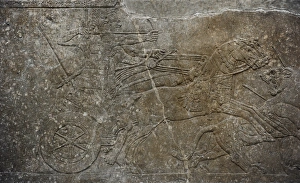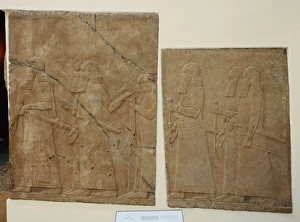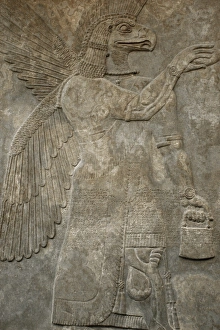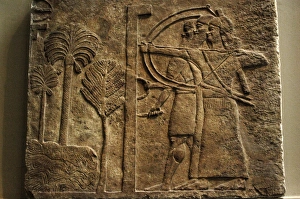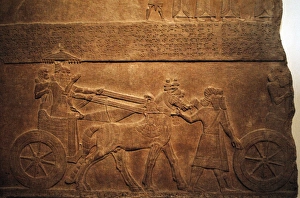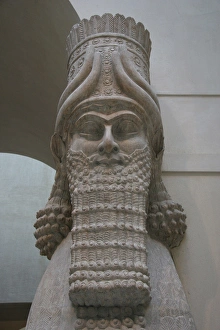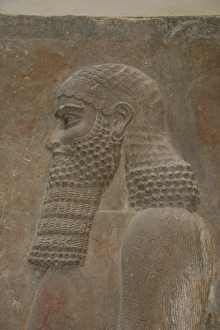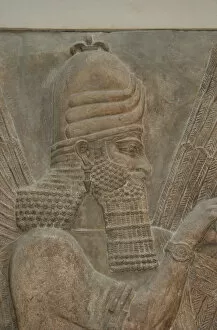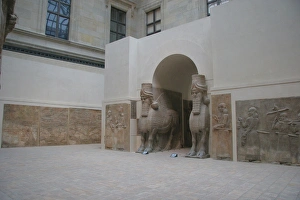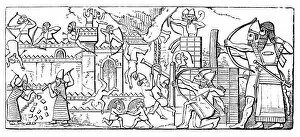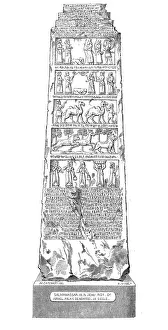Assyria Collection (page 16)
"Discovering the Ancient Splendor of Assyria: A Journey Through Time" Step into the captivating world of Assyria
All Professionally Made to Order for Quick Shipping
"Discovering the Ancient Splendor of Assyria: A Journey Through Time" Step into the captivating world of Assyria, an ancient civilization that left an indelible mark on history. From the grandeur of its kings in chariots to the mesmerizing landscapes of Mesopotamia, let us embark on a voyage through time. As we unfold a map showcasing the Byzantine Empire, we delve deeper into the roots of Assyria. This mighty empire once stretched across vast territories, leaving behind a legacy that still echoes today. Immerse yourself in the allure of travel with a Cunard Line poster, reminiscent of journeys taken by explorers who sought to unravel Assyria's mysteries. The promise of adventure awaits as we set sail towards this enigmatic land. Behold an image etched in history - an Assyrian king majestically riding his chariot. Witness their power and dominance as they conquered lands far and wide, forging one of antiquity's most formidable empires. Travel back further to Ancient Mesopotamia where life flourished amidst fertile plains and great rivers. Marvel at their advanced civilizations and innovative achievements that laid foundations for future societies. Gaze upon John Martin's masterpiece depicting "The Fall of Babylon, " capturing both awe-inspiring architecture and historical events that shaped Assyrian heritage. Let your imagination soar as you envision this pivotal moment in time. Adorned in resplendent attire, explore ancient Assyrian costumes which reflect their rich cultural tapestry. Each garment tells stories passed down through generations – tales woven into every thread. Trace our steps along a copperplate engraving revealing Eden's mythical location near Mount Ararat - a place shrouded in legend and biblical significance. Uncover connections between faith and history within these sacred grounds. Unfurl an illustrated map displaying the vast expanse once ruled by mighty Assur; marvel at cities like Nineveh standing tall against the test of time.

